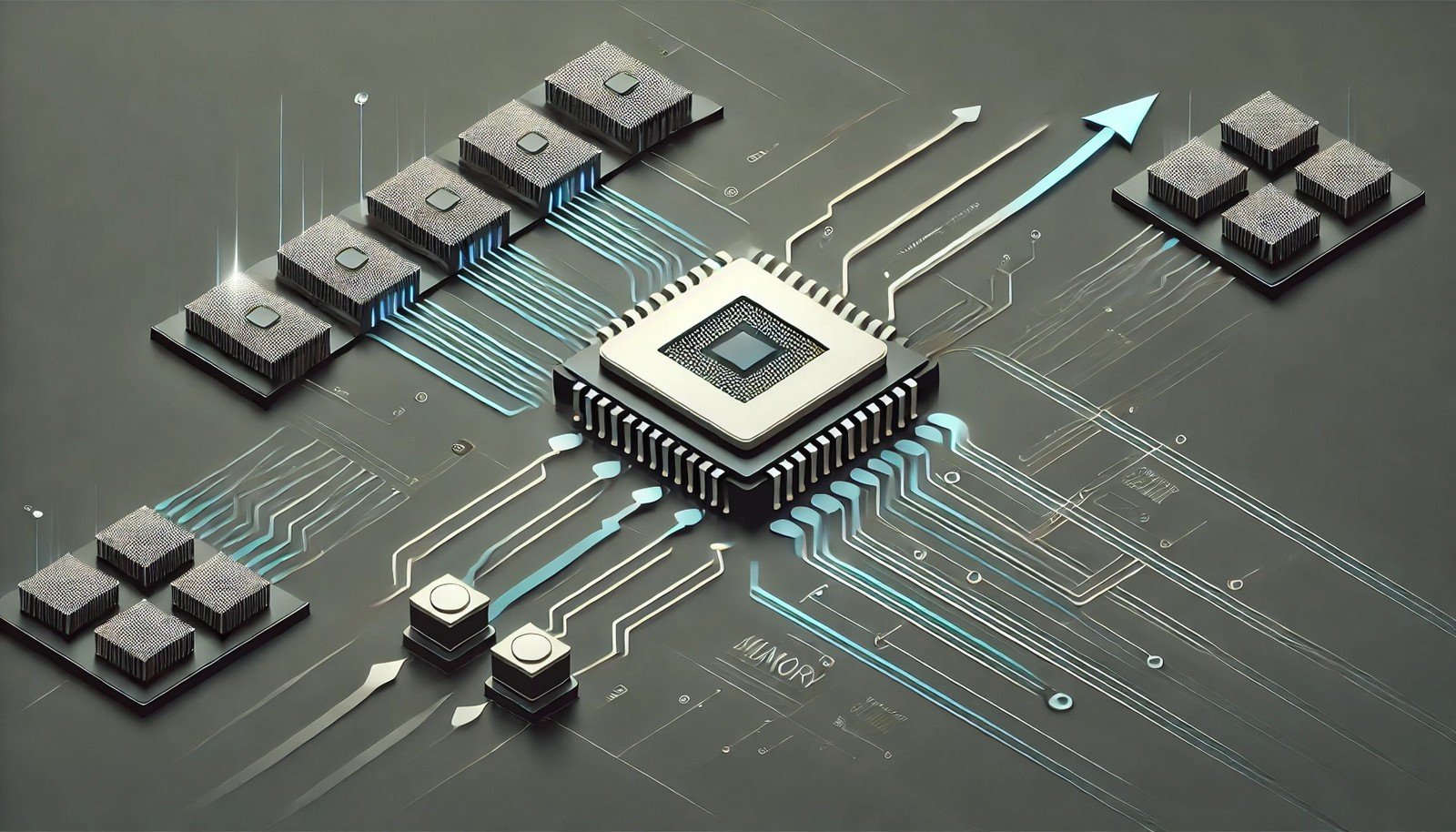Memory Addressing

(Representational Image | Source: Dall-E)
Quick Navigation:
- Memory Addressing Definition
- Memory Addressing Explained Easy
- Memory Addressing Origin
- Memory Addressing Etymology
- Memory Addressing Usage Trends
- Memory Addressing Usage
- Memory Addressing Examples in Context
- Memory Addressing FAQ
- Memory Addressing Related Words
Memory Addressing Definition
Memory addressing refers to the process by which a computer system locates and retrieves data stored in memory. Every piece of data in a computer’s memory is assigned a unique address, allowing the processor to access it efficiently. There are different types of memory addressing modes, such as direct, indirect, indexed, and relative addressing. These modes help optimize how the CPU interacts with memory, impacting performance, flexibility, and instruction execution.
Memory Addressing Explained Easy
Imagine your house has an address, so the mail carrier knows where to deliver letters. Similarly, computers use memory addresses to find and retrieve information stored in their memory. Instead of houses and mail, computers work with numbers and data. When the processor needs to fetch something, it checks the "address" of where that information is stored and retrieves it.
Memory Addressing Origin
The concept of memory addressing dates back to early computing systems in the 1940s and 1950s. Early computers relied on simple addressing techniques, but as processors became more powerful, more sophisticated addressing methods were introduced. The evolution of addressing modes has significantly improved the efficiency and speed of modern computing systems.
Memory Addressing Etymology
The term “memory addressing” originates from the word "memory," referring to a system for storing information, and "addressing," which means assigning a specific location to something. Together, the phrase describes the structured way computers locate and access stored data.
Memory Addressing Usage Trends
With the rise of complex computing architectures, memory addressing has become more advanced. In modern computing, innovations such as virtual memory, cache memory, and multi-core processors have transformed how addresses are assigned and used. The demand for efficient memory addressing has grown with high-performance computing, AI-driven applications, and large-scale cloud computing.
Memory Addressing Usage
- Formal/Technical Tagging:
- Computer Architecture
- Operating Systems
- CPU Design - Typical Collocations:
- "memory addressing mode"
- "virtual memory addressing"
- "direct memory addressing"
- "CPU memory addressing"
Memory Addressing Examples in Context
- A computer processor retrieves stored data using memory addressing to execute a program.
- In virtual memory systems, memory addressing allows programs to use more memory than is physically available.
- Modern CPUs use hierarchical memory addressing to optimize data retrieval speed.
Memory Addressing FAQ
- What is memory addressing in a computer?
Memory addressing is the method by which a computer identifies and retrieves data stored in its memory. - What are the different types of memory addressing?
Common types include direct, indirect, indexed, and relative addressing. - Why is memory addressing important?
It enables efficient data retrieval and execution of instructions in a computing system. - What is virtual memory addressing?
Virtual memory addressing allows programs to use more memory than what is physically available by swapping data between RAM and disk storage. - How does memory addressing affect performance?
Faster and more efficient addressing techniques improve processing speed and reduce memory access time. - What is direct memory addressing?
Direct addressing means that the address of the operand is specified explicitly in an instruction. - How does the CPU use memory addressing?
The CPU uses memory addressing to locate and fetch instructions and data needed for processing. - What is relative addressing?
Relative addressing determines the memory address based on a reference point, such as the current instruction pointer. - What is the difference between logical and physical addressing?
Logical addressing refers to address spaces used by programs, while physical addressing corresponds to actual memory locations. - How does cache memory use memory addressing?
Cache memory employs special addressing techniques to store frequently used data for faster retrieval.
Memory Addressing Related Words
- Categories/Topics:
- Computer Science
- Digital Logic
- Microprocessors
Did you know?
Early computers used fixed memory addressing, meaning that every program had to be placed in the same physical location in memory each time it ran. Today, modern operating systems use dynamic memory addressing, allowing multiple programs to run simultaneously without interfering with each other.
PicDictionary.com is an online dictionary in pictures. If you have questions or suggestions, please reach out to us on WhatsApp or Twitter.Authors | Arjun Vishnu | @ArjunAndVishnu

I am Vishnu. I like AI, Linux, Single Board Computers, and Cloud Computing. I create the web & video content, and I also write for popular websites.
My younger brother, Arjun handles image & video editing. Together, we run a YouTube Channel that's focused on reviewing gadgets and explaining technology.



Comments powered by CComment